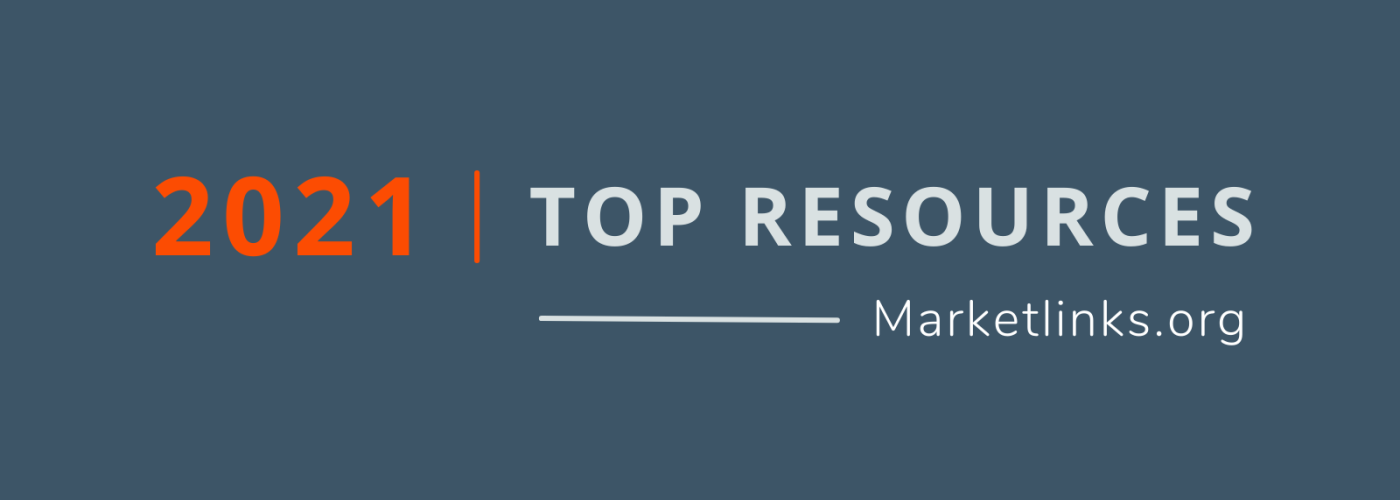2021 Year in Review: Marketlinks’ Top 3 Resources
Image

All month long, Marketlinks is spotlighting its top market-led development content from 2021. Last week, we shared the most-read blogs from the past year, including a look at the challenges and opportunities for digitizing the agricultural value chain, lessons for synergizing donor support with private investor engagement, and insights into partnering with the local private sector to mitigate disaster risk.
In this week’s post, we share the three most accessed resources from Marketlinks’ resource library in 2021. Read on to see what you, our readers, have found to be the most useful market-led development tools, primers, and other practical market systems development and economic growth resources for your work!
This primer from the Feed the Future Market Systems and Partnerships (MSP) activity provides guidance for USAID and implementing partners on how to strategically engage the private sector in fragile and conflict-affected situations (FCS). The primer describes four main types of private sector actors that operate in FCS, focusing on how they operate and the common incentives and constraints they face. Readers will learn what anticipated behavior change can be expected through context-sensitive private sector engagement efforts, and where USAID can add value.
USAID’s Private Sector Engagement Evidence Gap Map facilitates the use of evidence in private sector engagement (PSE) approaches to strengthen evidence-building efforts. The tool consolidates what is known and unknown about PSE via a thorough literature review to identify and highlight knowledge and evidence gaps. In using the Evidence Gap Map, readers have a structure for making sense of the body of evidence around PSE and a means of distilling the evidence base into a manner that is most useful for their particular context.
This briefer highlights the long-standing structural barriers preventing women from full economic participation, consequently causing and perpetuating their poverty. Accompanied by extensive data, the briefer illustrates how specific barriers to gender equality are not discrete factors, but rather form a complex, interlocking system of traditional exclusions and burdens that keep women dependent, creating a recognizable pattern of negative economic after-effects.
We hope that you find the learning shared in these top resources valuable for informing your work. Check out the Marketlinks resources page for the latest market-led development knowledge and tools from USAID, implementing partners, and other development practitioners worldwide. Stay tuned for next week’s post featuring the top Marketlinks webinars from 2021.


